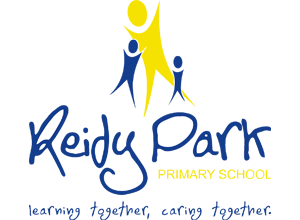Curriculum
The Australian Curriculum is taught in our school.
We use the curriculum to:
- plan student learning
- monitor and assess student progress
- report student progress to parents
- support student wellbeing.
The curriculum learning areas are:
- English
- mathematics
- science
- humanities and social sciences – history, geography, economics and business, civics and citizenship
- the arts – dance, drama, music, media arts, visual arts
- technologies – design and technologies, digital technologies
- health and physical education
- languages.
Visit curriculum in South Australia for more information.
Teaching and Learning
Our teaching and learning is guided by a clear, consistent model based on evidence-based practices. This model helps teachers plan and deliver high-quality lessons that are engaging, explicit and responsive to student needs. It supports consistent teaching across the school and helps every student make strong progress.

Literacy and Numeracy Programs
At RPPS, we use evidence-based programs to support strong foundations in literacy and numeracy. In literacy, some of the programs we use include InitiaLit and Playberry, which provide structured, explicit instruction in reading and spelling. In numeracy, we are currently trialing White Rose Maths to support consistent and high-quality maths instruction across year levels
Intervention Learning Support
We provide targeted intervention programs to support students who need extra help in their learning. This includes support in areas such as speech and language, phonics, and spelling. Our intervention programs are based on student needs and aim to build confidence, close learning gaps, and support every child to succeed.
Keeping Safe: Child Protection Curriculum
The Keeping Safe: Child Protection Curriculum (KS:CPC) is required for all children and young people in our school. It’s taught each year by teachers who have completed a full-day KS:CPC training course.
It teaches children to:
- recognise abuse and tell a trusted adult about it
- understand what touching is appropriate and inappropriate
- understand ways of keeping themselves safe.
Visit Keeping Safe: Child Protection Curriculum information for parents and carers for more information.
